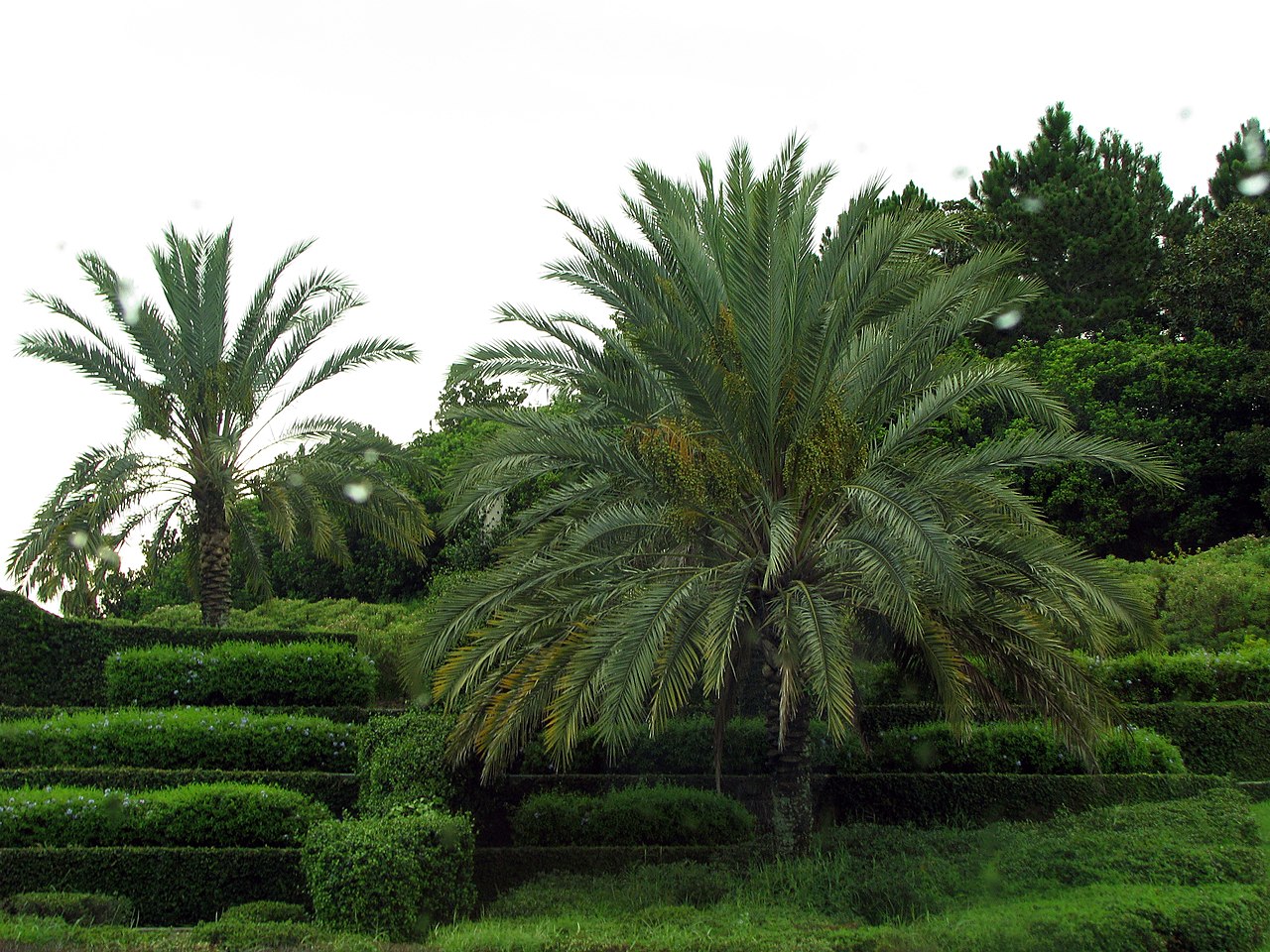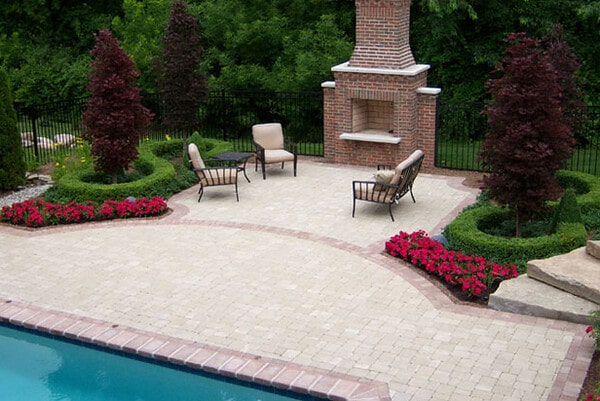
Think of your yard as an extension of your home. It’s an extra room to entertain, cook and relax. The front yard is probably the first thing visitors see and the backyard is where lots of people like to spend their time. Not sure how to spruce it up? Here are some hot landscaping trends in Tampa.
Seeing Green
A thick, green lawn is always in style in Tampa. Warm-season grasses such as St. Augustine and Zoysiagrass grow well and need little water, especially once established. As long as these grasses are maintained — meaning mowed, edged, fertilized and watered, you should get years of enjoyment from your lawn. Groundcovers come in handy in shady areas where grass has a harder time thriving, or on slopes or uneven areas that are difficult to mow. They’re not only good substitutes for grass in areas, but can and should be used as design elements. English ivy is one very popular ground cover in Tampa, because of its luxuriant, dark green leaves. Perennial peanut and yellow jasmine are two groundcovers that also thrive in Florida.
Privacy
Plants that conceal your yard from prying eyes — or cover up ugly views — are trending. Besides adding privacy, they can be a part of an attractive landscape design that softens lines and turns your yard into a charming green space. Some plants like clematis, trumpet honeysuckle or climbing roses, produce fragrant blooms. Consider planting vines to grow up your fences, or exterior walls of your home.
Hedges are coming back into style, especially as homeowners crave more privacy. Medium-sized hedges that grow anywhere from five to eight feet tall are perfect for the job, like the marlberry shrub. “Large evergreen shrubs, such as viburnum and podocarpus, can be used to block unsightly views, create privacy for outdoor living areas, and serve as windbreaks,” writes Craig K. Chandler, professor emeritus of horticultural science at the University of Florida.
He points out fencing can do the same thing. “don’t underestimate how big your new shrubs will get — or be too impatient for the privacy. Give them room to reach their mature size, realizing that for plants purchased in small containers this can take three to five years for shrubs and 10 years or more for trees.” But you want to think about more than just height and flowers — the leaves of these bigger pieces of your landscape plant play a part in the design. Some plants offer colorful foliage rather than flowers. Some shrubs with variegated leaves may not fit well with your other plants.
Boxwood shrubs are trending right now. With its glossy, bright green leaves, the boxwood is an easy addition and easy to shape into a wall or topiary. Strategically planting and maintaining boxwood hedges could give your yard an updated vibe, as well as provide privacy.
Hardscaping

A stone walkway. A concrete patio. Pavers around an outdoor firepit. These are all examples of hardscaping, which is not only a popular trend, they’re low-maintenance additions to your yard. They’re also fabulous design elements that can visually divide your landscape into sections, and keep people from treading on your flowerbeds or grass. They can also add useful elements to your landscape, like a fire pit or an outdoor kitchen. There are many ways to add hardscaping to your yard, but this is something you may want to ask a professional to help plan.
Edible Landscape
Grow your own salad in your flower beds. Edible plants in decorative spaces is becoming increasingly popular, and not just because it’s practical. Many common edible plants are attractive in their own right and can add color and texture to your flower beds. Plants that double as both delicious and ornamental include rainbow chard, kale, lettuce, rosemary, basil, and other herbs. Strawberries can serve as a ground cover, and nasturtium flowers add a little kick to your garden and your salad plate.
Water-Wise Landscape
Early in the planning stage, group plants together by their water needs. It’s a method that will help you keep your water bill down, and keep your plants happy. This kind of planning is one of the tenets of xeriscaping. Use native drought-resistant plants to beautify your yard for less money. Xeriscape techniques can reduce your water consumption by 25-75%. It can also save you time and energy.
Lucky for both amateur and professional landscapers, landscape trends don’t change quickly. The decisions you make today will be stylish and complement your home for years to come. That’s as long as you plan around your needs, and consider the size and shape of your yard and the amount of light and water it needs.
Talk to a Phoenix landscaping expert if you need help selecting plants or trees for your landscape.